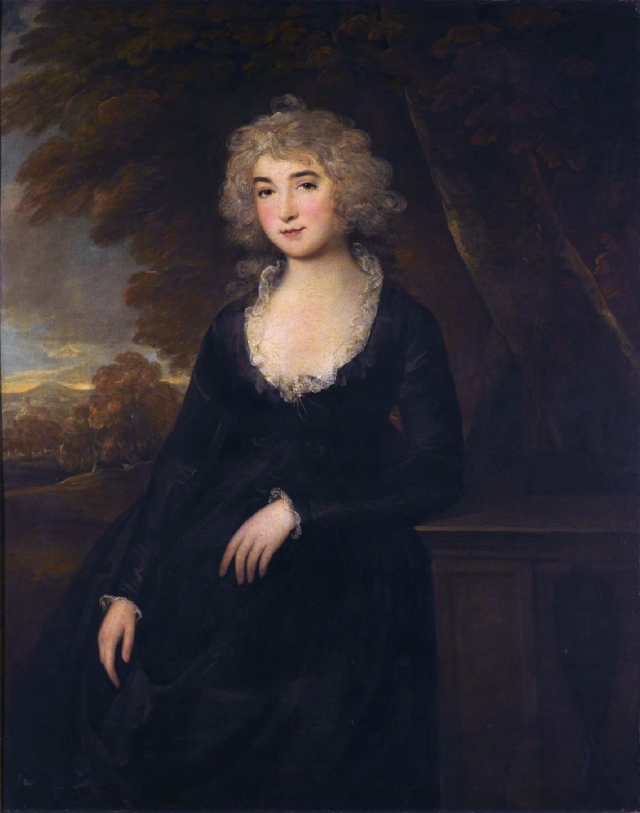One of our lovely readers asked for help in finding a document for some research he was doing. Having found the document I was fascinated by it and thought it was worth sharing with you.
The Morning Post, of 2nd October 1776 contained a ‘scoring sheet’ for twelve ladies of the ‘Bon Ton,’ Britain’s high society ladies of the day. The newspaper described it as ‘ Scale of Bon Ton’, with the ladies being marked out of twenty for each of nine virtues (there’s a copy at the end).
No explanation was offered as to who wrote it and more importantly who decided on the points awarded, but it reads a bit like the scores for a beauty pageant, so I’ll simply present them as per the newspaper and let you make your own decision about this!
The outright, clear winner was the Countess of Barrymore, who scored almost full marks in virtually all categories, but for whom there appears to be no portrait available, which is such a shame given her score.
In second place, we have joint runners-up, Lady Harriott Foley and Lady Anna Maria Stanhope, daughter of William Stanhope, 2nd Earl of Harrington who married Thomas Pelham-Clinton, 3rd Duke of Newcastle


Fourth place goes to Mrs Harriet Bouverie.

Somewhat surprisingly, given that she was always regarded as the most beautiful woman in England, the Duchess of Devonshire only achieved overall fifth place, scoring such a low mark for ‘expression’.

Sixth place, just one point behind was Mrs Damer (see image further on).
Seventh place went to the Countess of Sefton, formerly Lady Isabella Stanhope.

Eighth place to the Duchess of Gordon.

Ninth place went to Mrs Crewe, on the right, who score a zero for ‘grace’.

Tenth place, to Lady Melbourne, whose ‘figure’ scored her a zero.

In Eleventh place, we have the Countess of Derby whose scores were well below average, to say the least.

Last, scoring a mere 48 out of 180 was the Countess of Jersey.

For your perusal is the full chart.


Thanks for posting this. It’s very interesting to see how women have been judged in history – and in such a ‘scientific’ (haha) way. I feel sorry for the Countess of Jersey, no sense or principles! By the way, is there any significance to the depiction of the Duchess of Gordon wearing only one glove? Many thanks, Penny.
LikeLike
You’re very welcome. It certainly makes for interesting reading. I wish there were more clues about who wrote it and why. Duchess of Gordon – I’m not sure about the glove unless it’s simply meant to depict her just having come in from riding.
LikeLiked by 1 person
This is fascinating- I think it’s the beginning of a top trumps set!
LikeLiked by 1 person
Priceless. Thank you and to the researcher for sharing. Human nature doesn’t change, though I fear we are more apathetic/opiated nowadays; it’s our our manners which have got worse.
LikeLiked by 1 person
Somewhat baffled by the score of ‘1’ under ‘beauty’ for Lady Barrymore, as it was her beauty that was most remarked upon, not least by Horace Walpole. Her image was used commercially (although oddly, as you point out, no such thing appears to have survived), I’m wondering if the ‘1’ may actually have meant the opposite?
LikeLike
Yes, so was I, so I went back to my spreadsheet and sure enough it was 19, so I’ve no idea how I managed to remove the 9 from the image (gremlins at work!). Lady Barrymore was the clear winner. I have now amended it accordingly, thank you so much for letting me know.
LikeLike